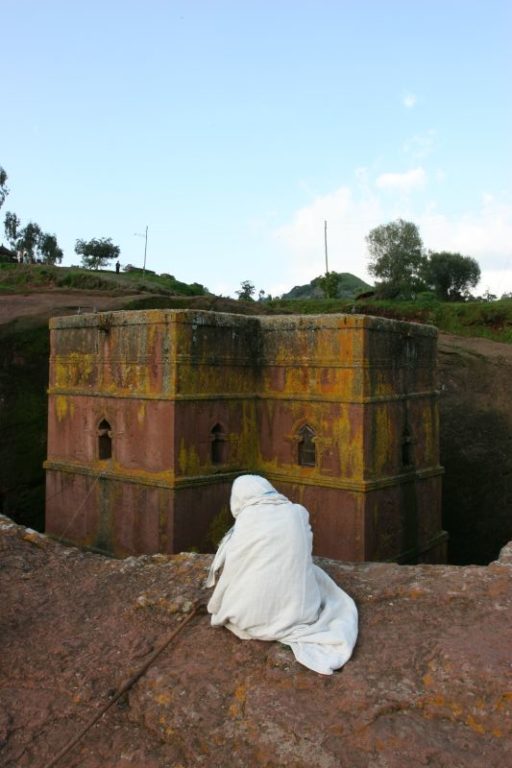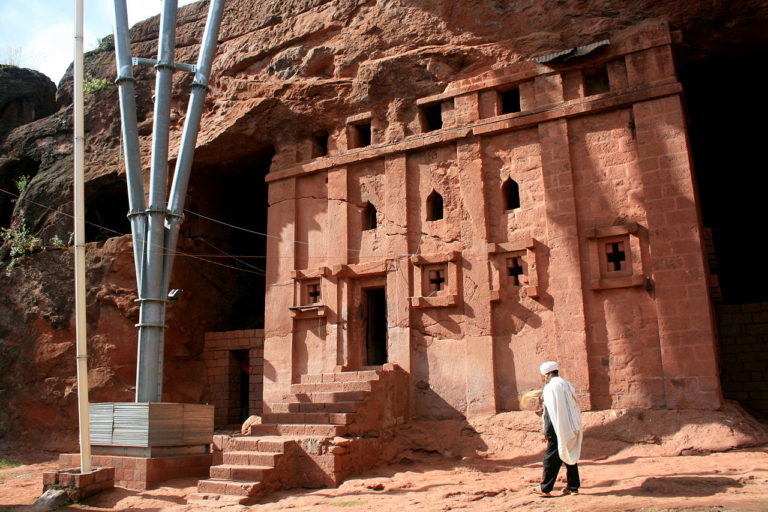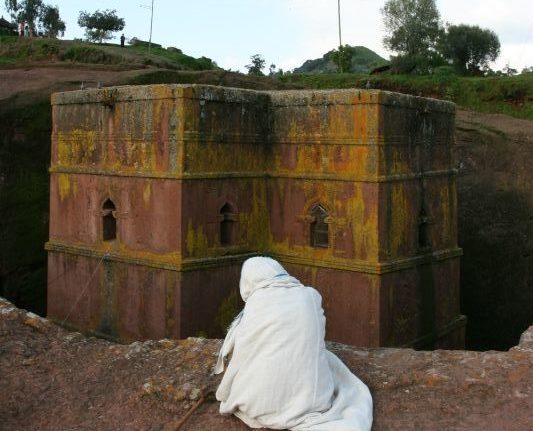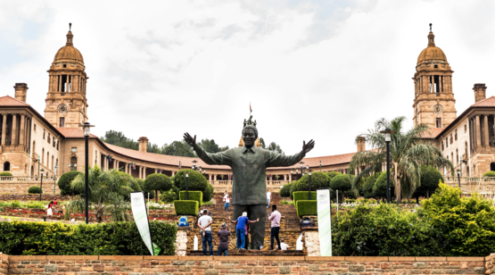Ethiopia’s most valuable artefacts reside in Tigray, believed to be remnants of ancient civilisations dating back more than 3 000 years. Tigray has, however, been the site of a war between allied troops of Ethiopia’s Prime Minister Abiy Ahmed and local defense forces since November 2020.
The war has resulted in thousands of casualties and millions of displaced civilians. The conflict has also led to widespread destruction of historical monuments, including those in Ger’alta, home to some of the oldest churches and monasteries in Tigray.

One of the Lalibela churches. Credit: Tak/Flickr Commons
The Ger’alta mountainous region, part of a sandstone escarpment, is regarded as one of northern Ethiopia’s most captivating terrains. Ethiopian churches and monasteries are typically built atop mountains because they are believed to be closer to heaven. There are more than 150 rock-hewn structures in Tigray, the majority in Ger’alta.

These structures are part of the oldest forms of Christianity. Credit: Tak/Flickr Commons
These churches and monasteries are recognised as World Heritage Sites. Historically, they have served as safe havens from war and are of utmost importance to spiritual pilgrims. The destruction of Tigray’s churches and monasteries destroys its vital heritage.

Biet Gyiorgis church, Lalibela. Credit: Rod Waddington/Wikimedia Commons
Cultural and religious ties that are lost may lead to psychological crises, cultural shocks, and an eventual collapse of society. While the Tigrayan tourism industry does not depend on these sites, the economic impact could still be very damaging.

Bet Abba Libanos, Lalibela. Credit: Damien Halleux Radermecker/Wikimedia Commons
Moreover, the churches and monasteries are sites of epistemological evidence. Thus, losing these sites will result in the loss of critical insights of past civilisations.
Due to the blockade in Ger’alta, it has been difficult to assess the extent of the damage. Philologist Hagos Abrha Abay, however, has documented the catastrophic loss of heritage extensively.

Bet Amanuel, Lalibela. Credit: Andrea Kirkby/Flickr Commons
Ethiopian military, militia groups, Eritrean and Amhara special forces have frequently attacked the Hawzen district, particularly in the Ger’alta area. Massacres have taken place at both the Maryam Dängälät and Abba Yǝm‘atta monasteries.
Early last year, civilians who were seeking refuge at the Abubä Yǝmʿatta monastery on top of the Ger’alta Mountains were also massacred. The Abunä Abraham monastery, known for its stunning wall murals, hagiographic manuscripts and architectural features, was bombed. The Debre Medhanit Amanuel Ma‘go church was shelled, and the Maryam Yerefeda library and church were looted.
ALSO READ
Mount Everest is growing taller every year, but for how much longer?





















